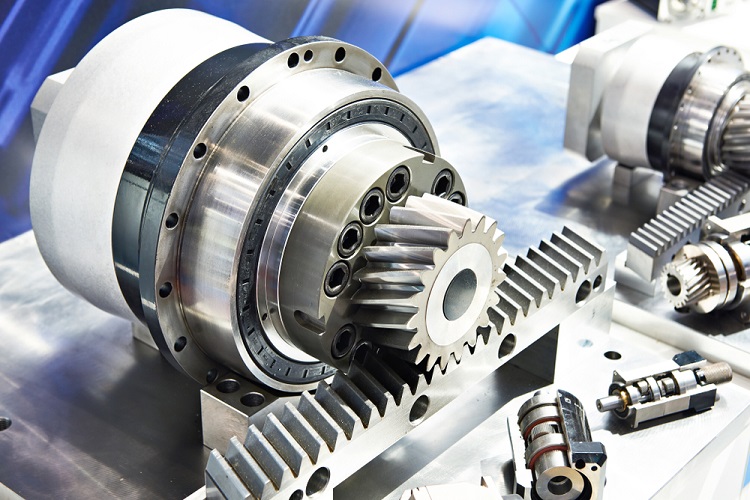Unleashing the Power of Planetary Gearboxes How They Work, Types, and Applications
Lunyee is a distinguished Chinese manufacturer that specializes in manufacturing top-quality AC and DC motors. Our products are designed to cater to a wide range of industries and applications, making them a versatile solution for businesses. At Lunyee, we are committed to maintaining the highest standards of quality and innovation, ensuring that our customers can rely on us for all their motor needs.
A form of gear system that can efficiently and compactly transmit power and torque is a planetary gearbox, sometimes referred to as an epicyclic gearbox. They are employed in a variety of fields, including robotics and aircraft as well as autos and industrial machines. This article will discuss the various planetary gear systems, how they function, and the numerous industries in which they are used.
Table of Contents
How Planetary Gearboxes Work
A planetary gearbox consists of a central planet gear, sun gear, and an outer ring gear. The sun gear is typically connected to a power source, such as an electric motor or engine. The planet gears rotate around the sun gear and are connected to an output shaft, which is usually connected to the load being driven. The outer ring gear, also known as the annulus, surrounds the planet gears and meshes with them.
The planet gears spin around the sun gear as it turns, which in turn causes the outer ring gear to turn. By rearranging the gears, the output shaft’s speed and rotational direction may be adjusted. Planetary gearboxes are adaptable and important parts of many machines because of the vast variety of speeds and torque ratios that may be attained.
Types of Planetary Gear Systems
Simple planetary, compound planetary, and differential planetary gear systems are among the several types of planetary gear systems. Three gears—a planet gear, a sun gear, and an outer ring gear—make up a basic planetary gear. Multiple planetary gear sets are combined to form compound planetary gears, which can offer more intricate gear ratios. In four-wheel drive cars, for example, differential planetary gears are utilised to distribute torque and power to many outputs.
Planetary gearboxes can also have different gear arrangements, such as in-line, right-angle, or coaxial. In-line planetary gears have the input and output shafts aligned, while right-angle planetary gears have the input and output shafts at a 90-degree angle. Coaxial planetary gears have the input and output shafts on the same axis.
Usage of Planetary Gearboxes
Planetary gearboxes, as one kind of gearbox, are widely used in various industries due to their compact size, high efficiency, and versatility. In the automotive industry, they are used in automatic transmissions, hybrid and electric vehicles, and power steering systems. Planetary gearboxes are also used in industrial machinery, such as conveyors, mixers, and pumps, to transmit power and adjust speed and torque.
Aerospace and defense industries use planetary gearboxes in helicopters, aircraft engines, and missile systems. Robotics and automation industries use planetary gearboxes in robotic arms, industrial robots, and other automated systems. The medical industry also uses planetary gearboxes in medical equipment, such as MRI machines and surgical robots.
Conclusion
Planetary gearboxes are essential components of many machines across various industries. Their compact size, high efficiency, and versatility make them ideal for transmitting power and adjusting speed and torque. There are different types of planetary gear systems, including simple, compound, and differential planetary gears, each with their unique advantages and applications. As technology advances, planetary gearboxes are becoming more reliable, efficient, and capable of handling higher loads, making them crucial for the operation of many machines in different industries.

